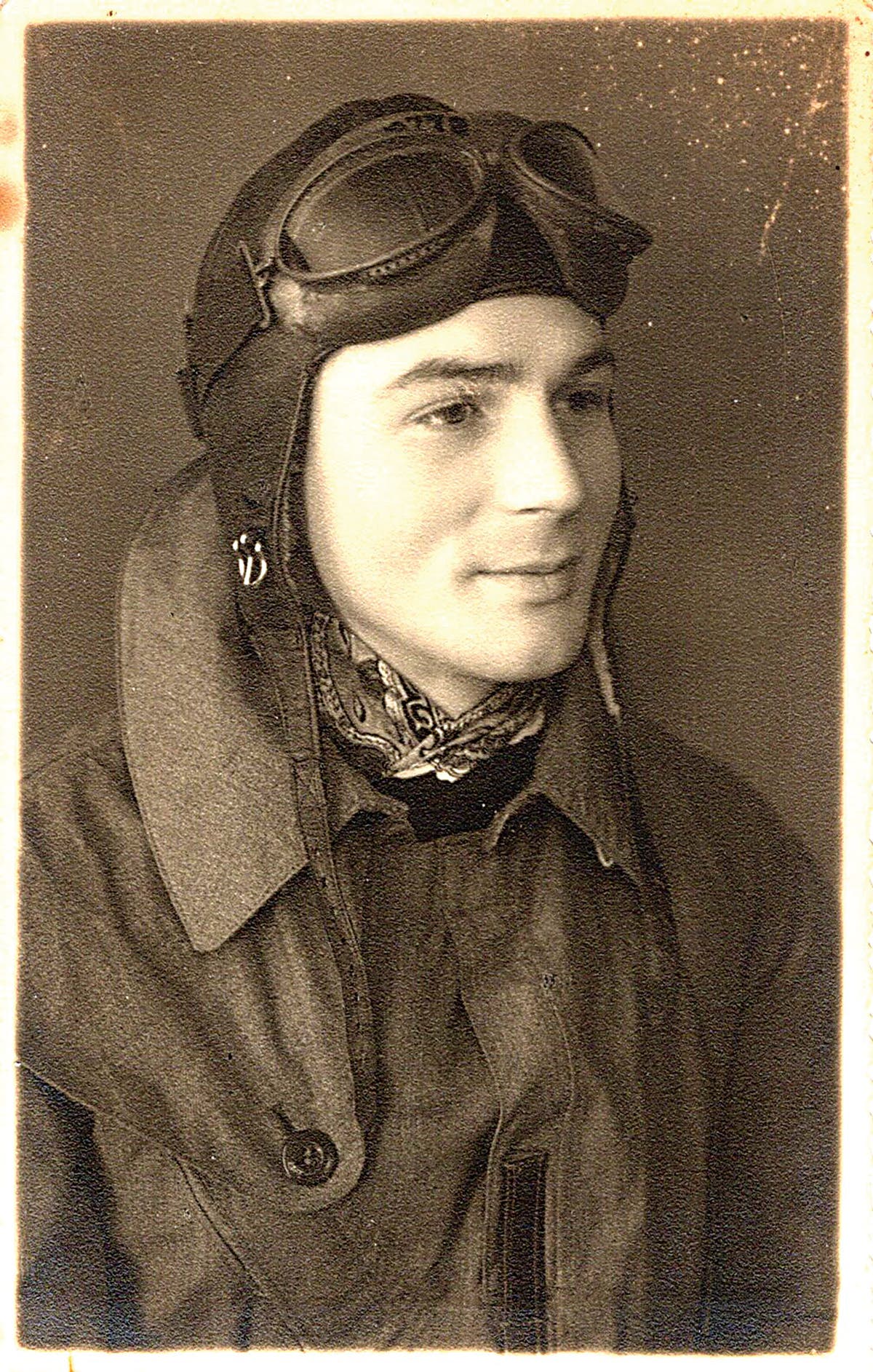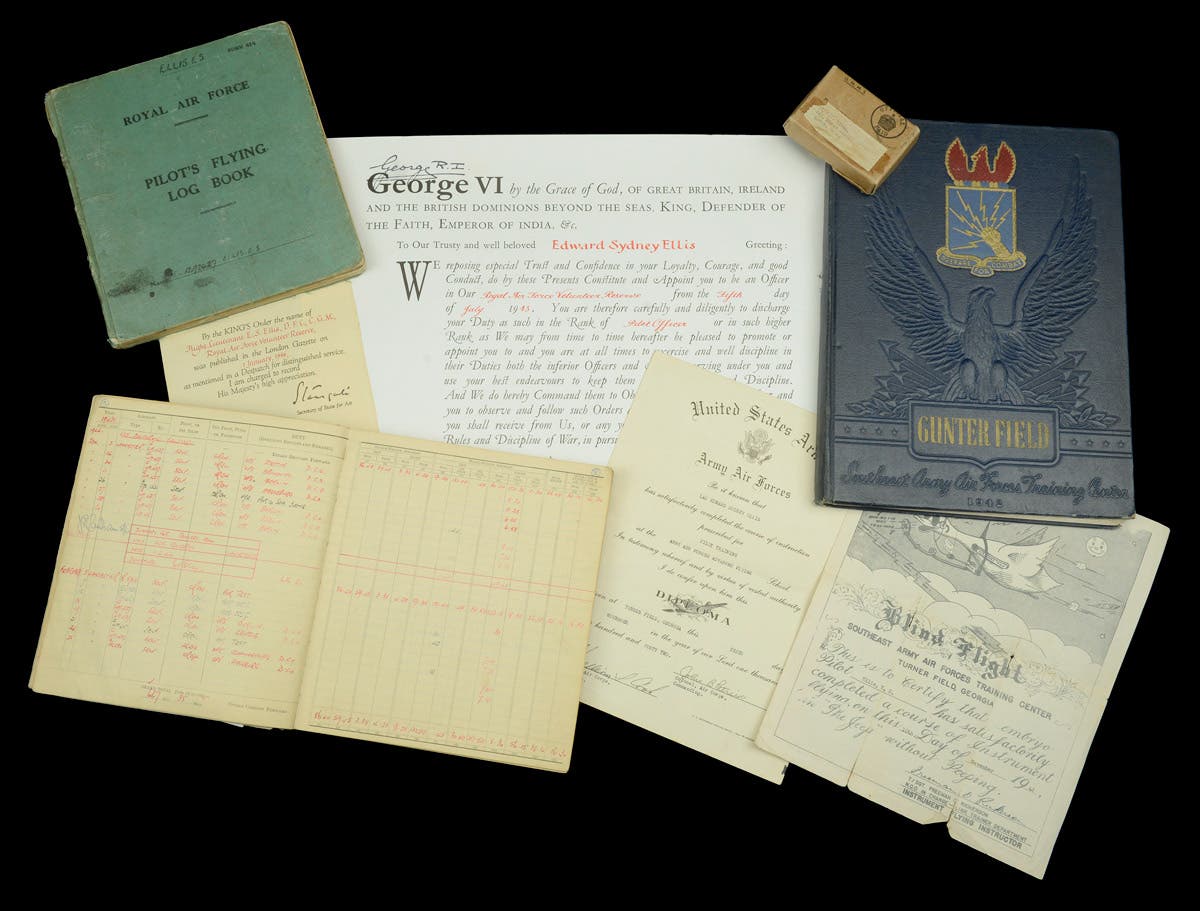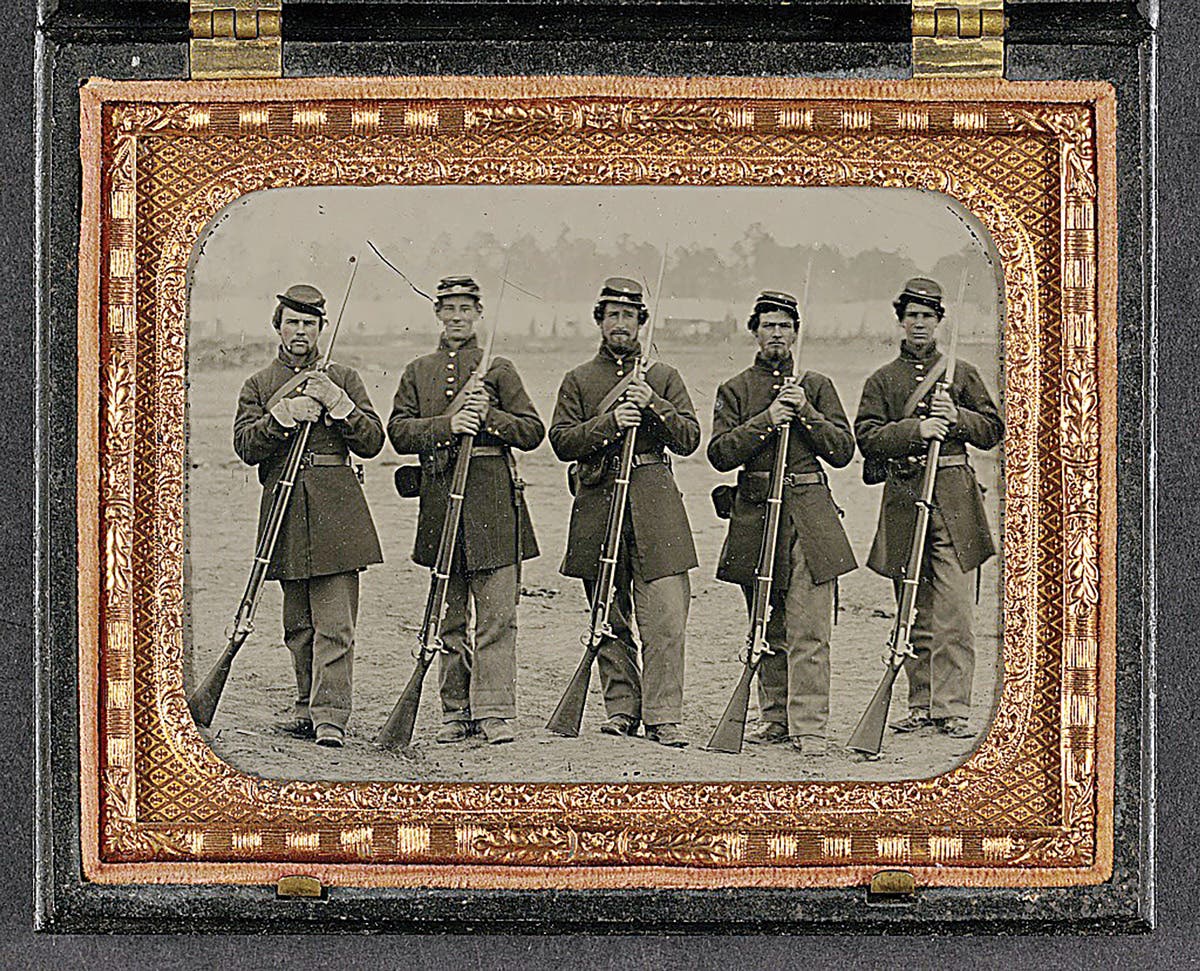Collecting Military Miniatures & Toy Soldiers
Tips for getting started by Richard Walker While miniatures and toy soldiers may look very interesting, they can be a bit overwhelming in terms of time periods, manufacturers, displays, etc….
Tips for getting started
by Richard Walker
While miniatures and toy soldiers may look very interesting, they can be a bit overwhelming in terms of time periods, manufacturers, displays, etc. So how does one get started?A good way is to first consider a few questions:
- What attracted you to military miniature collecting in the first place?
- How and where do you want to display your new collection? (There is no point collecting if you can’t see it and enjoy it every day.)
This hobby is very visceral and fun. Do not over-think your answers. Go with what hits you and collect 3to 9 figures, enough to create a small group, whether that be a vignette or overview of a unit or period.
There are two main ways to think about collecting and displaying your figures: In realistic scenes called “vignettes” (small scenes) and dioramas (larger battlefield displays) or in parade rows and timelines on shelves.
Let’s look at two examples. First, the vignette/diorama approach. The Battle of the Bulge series from King & Country really caught your eye. Your grandfather was in World War II and was in the Bulge. You remember his stories of the cold, the snow, and the relentless German advance that Patton stopped in December 1944. These figures captured your imagination, they looked cold, tired and weather beaten. You could already picture a small vignette of GI’s advancing through the Ardennes.
After reviewing the figures offered, you find five that go together nicely, but how are you going to make them “pop” in a realistic environment? Luckily, there are a number of scenic options available from manufacturers and dedicated scenery companies. John Gittens, or JG Miniatures, for example, has an entire offering of snow-covered display matts, miniature pine trees, foxholes, mud rutted roads, and other battlefield flotsam and jetsam to create an exciting display in a matter of minutes.
Congratulations, you have begun collecting military miniatures and made the great leap into one of the most fulfilling aspects of the hobby, bringing history to life in a vivid three dimensional display that anyone can appreciate and understand.
The second way many collectors like to collect and display their figures is as if they were on a pristine parade ground marching or lined up as a timeline/affinity interest. The parade ground speaks for itself: A column of figures with colors (flags) flying, drums and pipes blaring, officers barking orders, and rank upon rank of soldiers marching perfectly in-step. The proudest time in your life may have been while serving in the United States Marine Corps, but now you are a former Marine (never an “ex-Marine”), and the thought of collecting the history of the Corps in miniature intrigues you. This is a good example of affinity collecting.
Typically, most collectors start with the figure that best represents their interest, often a representation of themselves, a relative ,or pivotal time of history that intrigues them.If your service in the Corps was during the Vietnam War,you may find that your first figure is a Vietnam War U.S. Marine from W. Britain. They produce an entire series of single U.S. Marine Corps figures representing the Corps from its founding in 1775 to the present day.This makes it easy to identify three to six figures to start your collection.
Collecting miniatures can be a wonderful hobby, one that will bring great joy and a profound appreciation for history, art, craftsmanship and collecting.








